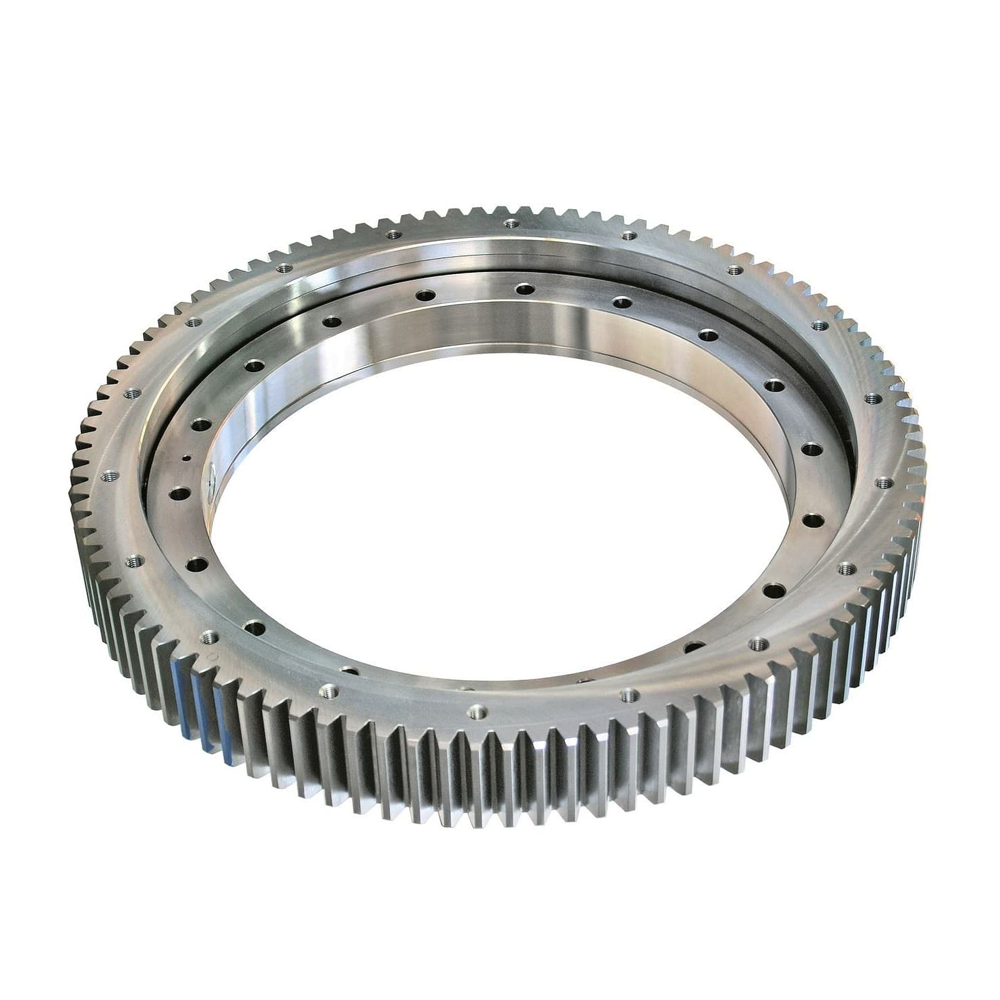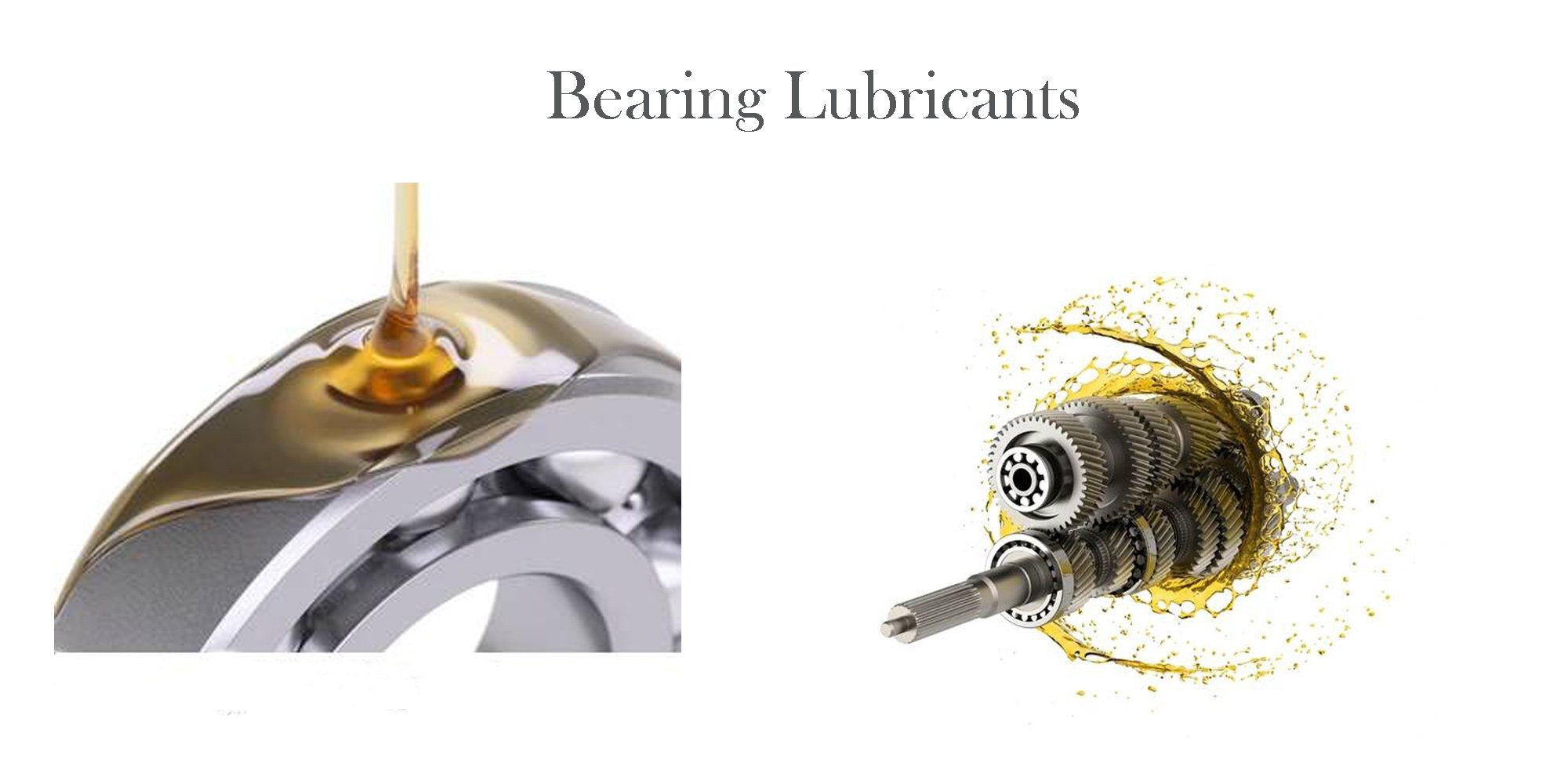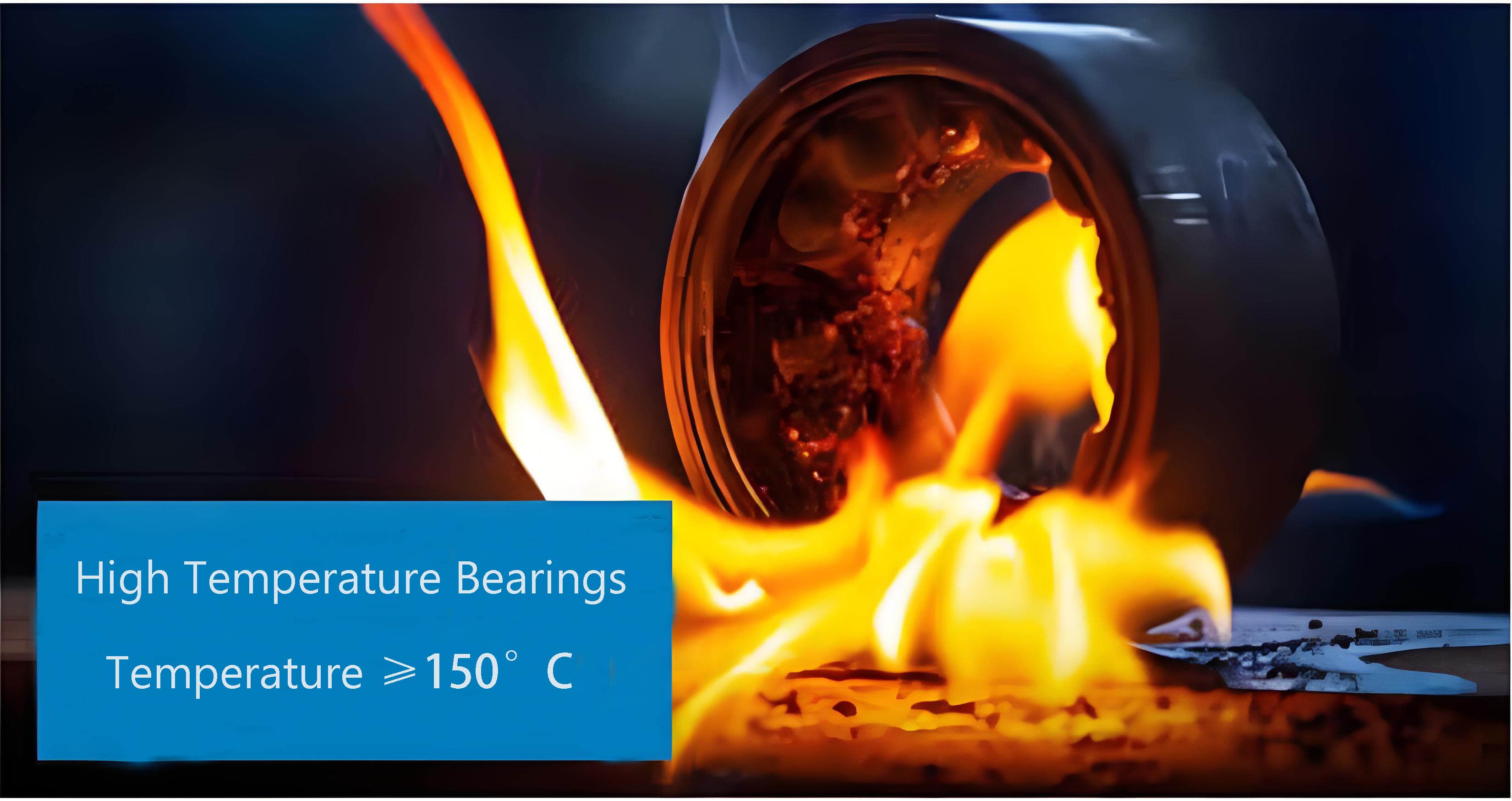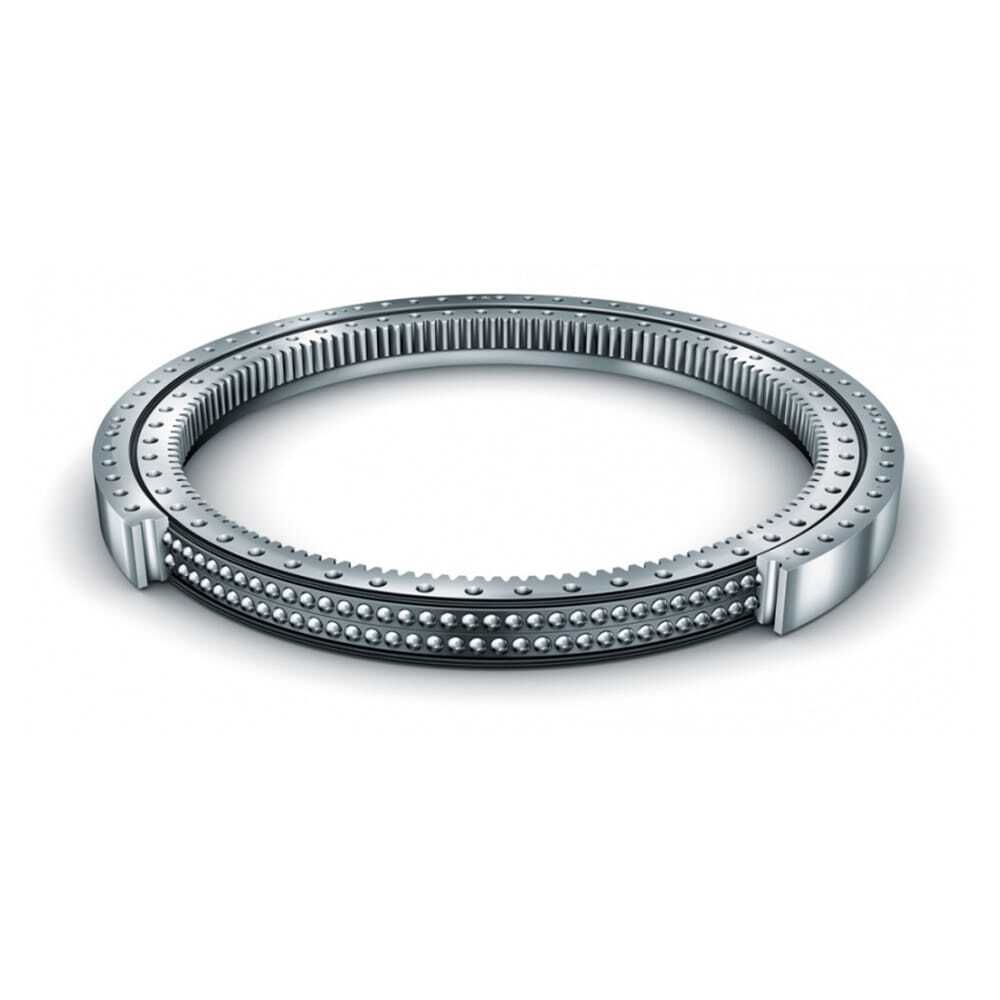A Guide to Bearing Lubricants
Why Bearing Lubrication is Important Effective bearing lubrication is crucial for the optimal performance and longevity of bearings. It's widely...

Slewing bearings are essential mechanical components that manage axial, radial, and moment loads. They play a critical role in industries such as construction, wind energy, and robotics. This blog aims to detail their manufacturing process and highlight innovations ensuring quality and durability.
Slewing bearings frequently use carbon chromium bearing steel and 50Mn surface hardened steel. This kind of material is renowned for their wear resistance, hardness, and toughness. These properties are important for the bearings to work well under different loads. They help ensure durability and a long service life in areas like construction, wind energy, and robotics.
The precision cutting process of slewing rings employs carbide saw blades. They are famous for their hardness and wear resistance.
This method ensures precise cutting. It reduces material waste and prepares the steel for later forging and machining. These steps are important for the bearing's final quality and performance.
In the heating furnace, the steel billet is heated and forged into a round cake shape. This process is crucial for ensuring the reliability and service life of the bearing. Once the raw material has been forged, the bearing ring blank is formed.
In the production process of slewing bearings, billets are heated and forged into dense, round blanks. This process enhances material density and strength.
This crucial step improves the steel's structural integrity. It ensures the bearings are more reliable and last longer. This is important for heavy machinery operation.
The ring rolling process carefully shapes steel blanks into ring shaped steel and then rings. This step is important for making slewing bearings. This forging improves the mechanical properties of the ring, such as toughness and uniformity. It also ensures the steel's strength, which is important for the bearing's performance and durability.
The first step in making slewing bearings is machine processing. This includes shaping grooves, raceways, and rough profiles. These steps are important for the bearing's strength and structure.
This step lays the groundwork for subsequent fine turning and grinding. It ensures dimensional accuracy and surface finish, critical for optimal bearing performance and longevity.
In the production process of slewing bearings, the induction hardening process plays a critical role in strengthening the raceway. This technique uses a quickly changing magnetic field on the bearing's surface. This creates currents that heat the material. As a result, it achieves uniform hardness.
By carefully managing the heating and cooling cycles at high temperatures, we reduce internal stresses. This helps ensure the bearing lasts longer and remains durable. This precision process is essential for withstanding the rigorous demands of heavy machinery operation.
Fine tuning in slewing bearing production ensures precise dimensions and smooth surfaces. These factors are crucial for proper fit and function.
Next step involves grinding the parts. This careful process makes sure everything spins correctly. It also reduces wear by improving the bearing surfaces. This helps the bearing last longer and work better.
The drilling process in making slewing bearings is critical. It helps create mounting holes, countersinks, and threaded holes accurately. This step demands meticulous attention to ensure proper alignment and angle, which is essential for straightforward installation and secure bearing integration into machinery. Accurate drilling guarantees that the bearing components align perfectly, promoting efficient operation and a long service life.
In making slewing bearings, manufacturers use gear cutting methods like hobbing and shaping to create exact tooth shapes. These methods are vital for ensuring the smooth operation of the bearings and the even distribution of heavy bearing loads.
Precision in gear cutting is of great importance. It affects the bearing's performance, reliability, and service life. This is especially true in tough jobs like construction and wind turbines.
The assembly of slewing bearings involves the careful integration of inner and outer rings, rolling elements, spacers, and seals. This meticulous process ensures the structural integrity and optimal performance of the bearing.
Lubrication is essential. It reduces friction in the bearing. This helps the bearing work smoothly. It also makes the bearing last longer, especially in high-load situations.
In the production of slewing bearings, rigorous quality checks are conducted to verify dimensions, clearances, and ensure rotational smoothness. These checks are crucial for meeting precision standards.
Tests also check load capacity, wear resistance, and noise levels. This ensures each bearing can handle heavy loads, resist wear, and operate quietly. These factors help guarantee reliability and long service life.
Slewing bearings, integral to wind turbines and cranes, face demanding conditions like heavy loads and harsh weather. Stringent quality control measures, including endurance and corrosion testing, ensure their reliability. This promise of quality ensures that these bearings will work safely and last a long time, even in tough conditions.
Automation in modern manufacturing bearing manufacturing process significantly enhances efficiency and precision. Innovations like CNC machining allowing for complex designs and tight tolerances. Automated assembly lines streamline production, ensuring consistent quality across slewing bearings. These advancements minimize human error and accelerate output, crucial for meeting industry demands.
Advancements in heat treatment processes such as quenching, tempering, and hardening have refined material properties in slewing bearing production. These techniques reduce deformation, enhance wear resistance, and improve overall durability, ensuring bearings perform reliably under various stresses during working.
Anti-rust coatings and protective layers are critical to slewing bearings. They help ensure the bearings are safe during storage and transport. These surface treatments prevent corrosion, maintaining the bearing's longevity and ensuring they perform optimally upon installation. By safeguarding against environmental exposure, these measures are crucial for the product's durability and reliability.
The packaging process for slewing bearings involves careful use of anti rust oil to prevent corrosion. After that, manufacturers wrap the bearings securely to keep them stable during transport.
The guidelines emphasize proper storage and handling to maintain product quality. This prevents damage and preserving the precision engineering of the bearings throughout the supply chain.
The making of slewing bearings is a careful process. It starts with preparing materials, like strong steels such as carbon chromium and 50Mn steel. Finally, the manufacturers package the bearings for delivery. Innovative processes such as CNC machining and rigorous quality control measures ensure the production of durable and reliable bearings.
When selecting slewing bearings, prioritize manufacturers committed to high-quality standards for long-lasting performance, such as Lily Bearing which has released its large slewing bearing.

Why Bearing Lubrication is Important Effective bearing lubrication is crucial for the optimal performance and longevity of bearings. It's widely...

High temperature bearings are made to withstand extreme heat and keep working reliably. They help machines run smoothly even in hot conditions. This...

As a major bearing manufacturer in China bearing industry, Lily Bearing is well-known for developing all sorts of sophisticated slewing bearings, one...